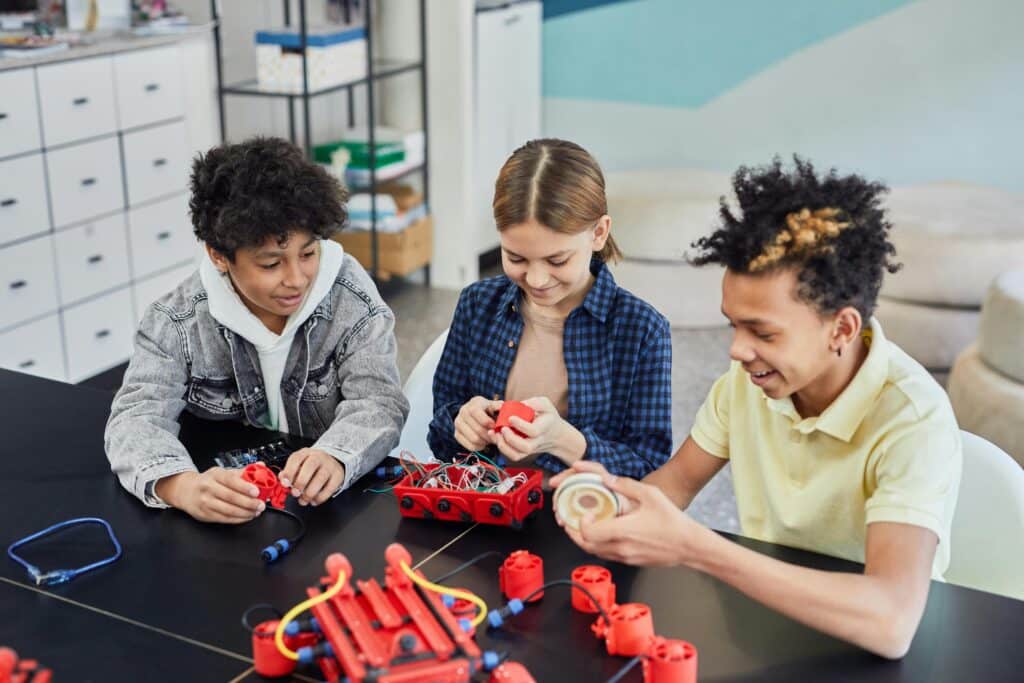
DIY Math Games for Students that can Slash Screen Time and Boost Grades
DIY Math Games for Students that can Slash Screen Time and Boost Grades From Frustration to Success: The Parent’s Game-Changing Discovery Your child spends hours on educational apps, yet their math grades keep dropping. Sound familiar? Last month, Sarah watched her 8-year-old struggle with multiplication tables despite daily screen time with “educational” games. Then she
DIY Math Games for Students that can Slash Screen Time and Boost Grades Read Post »







